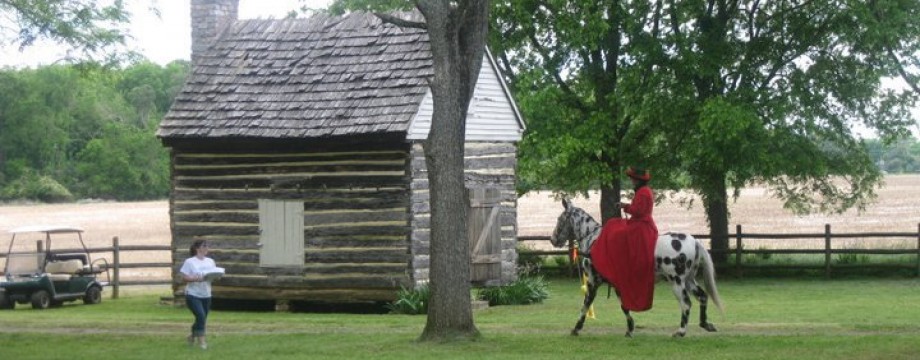For the full book review of Omm Sety’s Egypt, please click here.
This is a book review of Omm Sety’s Egypt: A story of Ancient Mysteries, Seceret Lives, and the Lost History of the Pharaohs by Hanny el Zeini and Catherine Dees.
The story of Omm Sety is intriguing if a bit unbelievable. Dorothy Eady was born in England in 1904. At the age of three, Dorothy fell down the stairs and suffered serious injuries that led the visiting doctor to pronounce her dead at the scene. However, she later awoke from unconsciousness; the child had changed though, and she seemed confused as she told her parents she wanted to go “home.” Her parents explained to her that she was at her home, but the child remained agitated and tried to describe the home she referred to. After the accident, Dorothy began to have dreams about a place with columns and a garden that she had never seen in life.
Dorothy, or Omm Sety, claimed that she was the reincarnation of a a fourteen-year-old virgin priestess called Bentreshyt, who had lived at the Temple of Abydos during the reign of Sety I. As a priestess, Dorothy played a part in rituals related to death and resurrection of Osiris at the temple in Abydos. She also believed that she had a relationship with Sety after they met at the temple, and after she became pregnant with the King’s child she committed suicide to protect the king from the wrath of the priests and gods.[i]
Though the life of Omm Sety is somewhat controversial, as this book review points out, many people are attracted to Egypt for its supposed mystical qualities, due to the uncertainty of early scholarship and information available. Kent Weeks, a well-respected Egyptologist, provided some information about Omm Sety and his reactions to her in the foreword to the book. He succinctly says that, “I don’t think that any Egyptologist who knew Omm Sety believed she had firsthand knowledge of life in the court of Sety I, but none ever doubted that she was absolutely convinced this was so. And the stories she told about her life in ancient Egypt were always filled with perceptive remarks about the scenes on the walls of the temple at Abydos; she clearly had read and reflected at length on the meaning of their religious texts.”[ii] This suggests that many Egyptologists do not consider or value Omm Sety’s work, which is likely and reasonable. Most Egyptologists view “pyramidiots” and “Egyptomaniacs” as invaluable and irrational. However, Weeks does not claim that he does believe her claims, but rather concedes that he is sure that she thought her stories were true, and that she was well-informed on the subjects from her studies.
While Omm Sety’s information is questionable, it does bring people closer to the historic Egyptian people, even if the information is incorrect. This does cause some problems, but the presentation of the Egyptians as human, and not “cold academic stone” is also valuable, and if historians are able to present the “real” information in a model of Omm Sety’s presentation, perhaps more people would be interested and informed by Egyptian history.
Ultimately, Omm Sety did contribute to Egyptology, in various ways. Though her message and work seems to attract many “Pyramidiots” and people seeking New Age esoteric knowledge, those people are still learning at least a little bit of actual Egyptian history. Some of the contributors to the discussion of Egyptian history have questionable, at best, knowledge of Egyptian history which raises the problem of what people believe about factual, as we know it, information. People do still visit her tomb and the sites associated with her, as evidenced in the tour groups and information on the web. One such tour is the tour available through the group Mystical Tours called the “Goddesses Revealed” tour. The tour group visits Abydos and is enlightened by Melissa Riley who claims to be a real “priestess of Isis.” The tour information page explains that, “A special highlight of this trip will be Melissa’s presentation at Abydos, sharing Omm Sety’s knowledge of the Seti I Temple and the ‘mysterious’ Osirion.”[iii] If nothing else, her name does live on through her many followers and admirers.
[i] El Zeini and Dees, Omm Sety’s Egypt.
[ii] Hansen, Omm Sety’s Living Egypt, xiii.
[iii] http://www.mysticalvoyages.net/november_09.html#gateway, accessed November 30, 2010.

